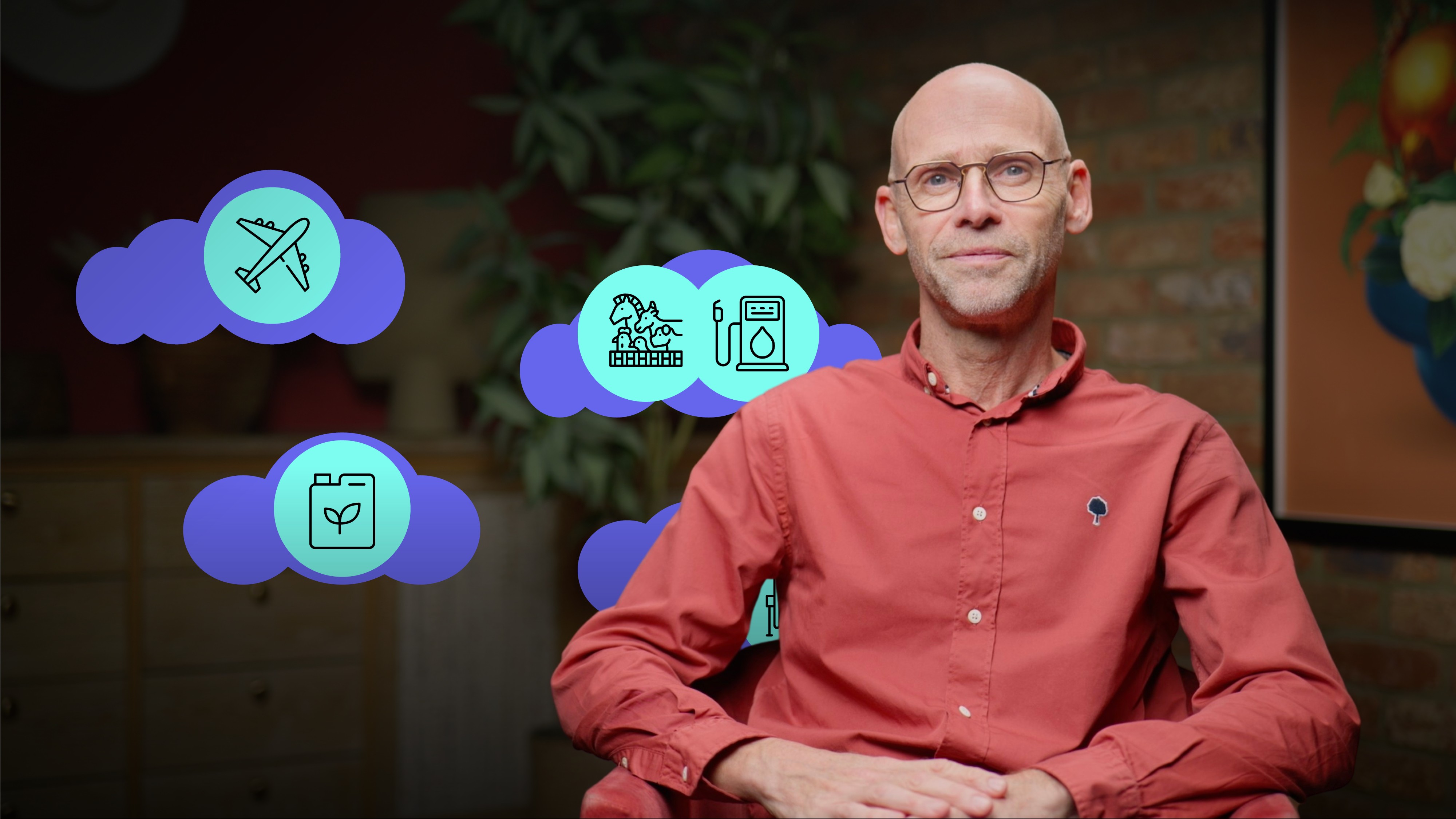
Understanding Aviation's Climate Impact

Jonathan Preist
In this video, Jonathan Preist delves into the Working Group I assessment of the physical science basis. He covers the different greenhouse gases and the complex effects of aviation on climate, from Carbon Dioxide emissions to Contrails and Nitrogen Oxides.

In this video, Jonathan Preist delves into the Working Group I assessment of the physical science basis. He covers the different greenhouse gases and the complex effects of aviation on climate, from Carbon Dioxide emissions to Contrails and Nitrogen Oxides.
Subscribe to watch
Access this and all of the content on our platform by signing up for a 7-day free trial.

Understanding Aviation's Climate Impact
9 mins 17 secs
Key learning objectives:
Understand the historical impact of aviation on climate and the different mechanisms contributing to aviation’s impact on the climate
Understand the notions of Short-term and Long-term Climate Forcers, the timescales and relative uncertainties associated with aviation’s contributors
Understand the need for a strong reduction in contrails impact in the next decades, in order to limit the temperature peak as per Paris Agreement
Overview:
Aviation, responsible for 3.8% of anthropogenic effective radiative forcing, which is a measure of the rate of change of energy accumulation on earth. reveals complexities involving CO2 emissions, contrails, and nitrogen oxides. This video sets the stage for mitigation discussions, emphasising the urgency to understand and address aviation's role in shaping our climate.
Subscribe to watch
Access this and all of the content on our platform by signing up for a 7-day free trial.
- CO2 (Carbon Dioxide)
- CH4 (Methane)
- N2O (Nitrous Oxide)
- F-gases (CFCs, HFCs, PFCs, SF6)
- Condensation trails (contrails) that can form and persist behind the engines in certain atmospheric conditions
- Engines also produce nitrogen oxides or NOx. These are not greenhouse gases themselves however they influence the creation and destruction of greenhouse gases in the atmosphere.
- They form ozone, with a warming effect
- They destroy methane, with a cooling effect
- Short-lived climate forcers (SLCFs) have short atmospheric lifetimes relative to CO2, ranging from hours to about two decades. They can be direct (like methane), or indirect (like contrails and NOx emissions)
- Long-lived climate forcers include CO2 and NOx and have longer atmospheric lifetimes.
Subscribe to watch
Access this and all of the content on our platform by signing up for a 7-day free trial.

Jonathan Preist
There are no available Videos from "Jonathan Preist"


























